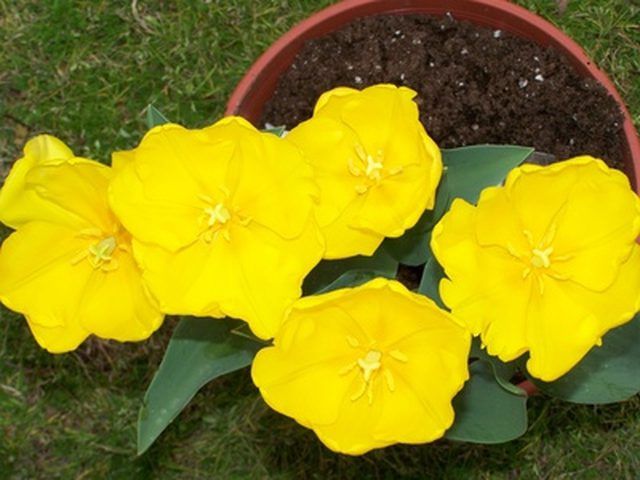Bulbs
Flower Basics
Flower Beds & Specialty Gardens
Flower Garden
Garden Furniture
Garden Gnomes
Garden Seeds
Garden Sheds
Garden Statues
Garden Tools & Supplies
Gardening Basics
Green & Organic
Groundcovers & Vines
Growing Annuals
Growing Basil
Growing Beans
Growing Berries
Growing Blueberries
Growing Cactus
Growing Corn
Growing Cotton
Growing Edibles
Growing Flowers
Growing Garlic
Growing Grapes
Growing Grass
Growing Herbs
Growing Jasmine
Growing Mint
Growing Mushrooms
Orchids
Growing Peanuts
Growing Perennials
Growing Plants
Growing Rosemary
Growing Roses
Growing Strawberries
Growing Sunflowers
Growing Thyme
Growing Tomatoes
Growing Tulips
Growing Vegetables
Herb Basics
Herb Garden
Indoor Growing
Landscaping Basics
Landscaping Patios
Landscaping Plants
Landscaping Shrubs
Landscaping Trees
Landscaping Walks & Pathways
Lawn Basics
Lawn Maintenance
Lawn Mowers
Lawn Ornaments
Lawn Planting
Lawn Tools
Outdoor Growing
Overall Landscape Planning
Pests, Weeds & Problems
Plant Basics
Rock Garden
Rose Garden
Shrubs
Soil
Specialty Gardens
Trees
Vegetable Garden
Yard Maintenance
How to Make Perlite Soil
How to Make Perlite Soil. Many of the commercial potting soils do not contain actual soil. Soil-less mixes often are considered superior because they are weed- and disease-free as well as being lighter and better draining. Several different mediums are combined to create the potting soils. Perlite is one of these mediums. Perlite is a volcanic...

Many of the commercial potting soils do not contain actual soil. Soil-less mixes often are considered superior because they are weed- and disease-free as well as being lighter and better draining. Several different mediums are combined to create the potting soils. Perlite is one of these mediums. Perlite is a volcanic glass that expands when heated and resembles small pieces of packing foam. It aids drainage in soil-less and soil-potting mixes. Creating your own perlite potting soil is less expensive than many of the purchased mixes on the market.
Things You'll Need
Roasting pan
Compost
Perlite
Peat moss
Fertilizer
Sterilize the compost or garden loam to kill any weed seeds or disease organisms before making the perlite mix. Moisten the compost and spread it out in a disposable roasting pan. Bake at 250 degrees F for 30 minutes.
Mix 1 part compost with 1 part perlite and 1 part peat moss.
Mix 2 tbsp. of a balanced fertilizer, such as 20-20-20 analysis, with each bushel of perlite mix to add the rest of the nutrients necessary to plant growth. The mix will require additional fertilization with soluble fertilizer starting 10 weeks after planting.
Tips & Warnings
Compost adds nutrients to the mix, perlite aids drainage and peat moss helps retain the proper moisture level in the mix.
Perlite is sold by the bag at nurseries and garden centers.
Sand can be substituted for perlite if absolutely necessary, though it does not provide drainage as well and is more likely to compact in the pot.
Do not heat perlite in the oven to sterilize it. Perlite has already been heated by the manufacturer. Further heating can cause the perlite to produce noxious gases.
Store unused perlite and perlite potting soil in a sealed bag or plastic tub so that it remains sterile until you are ready to use it.